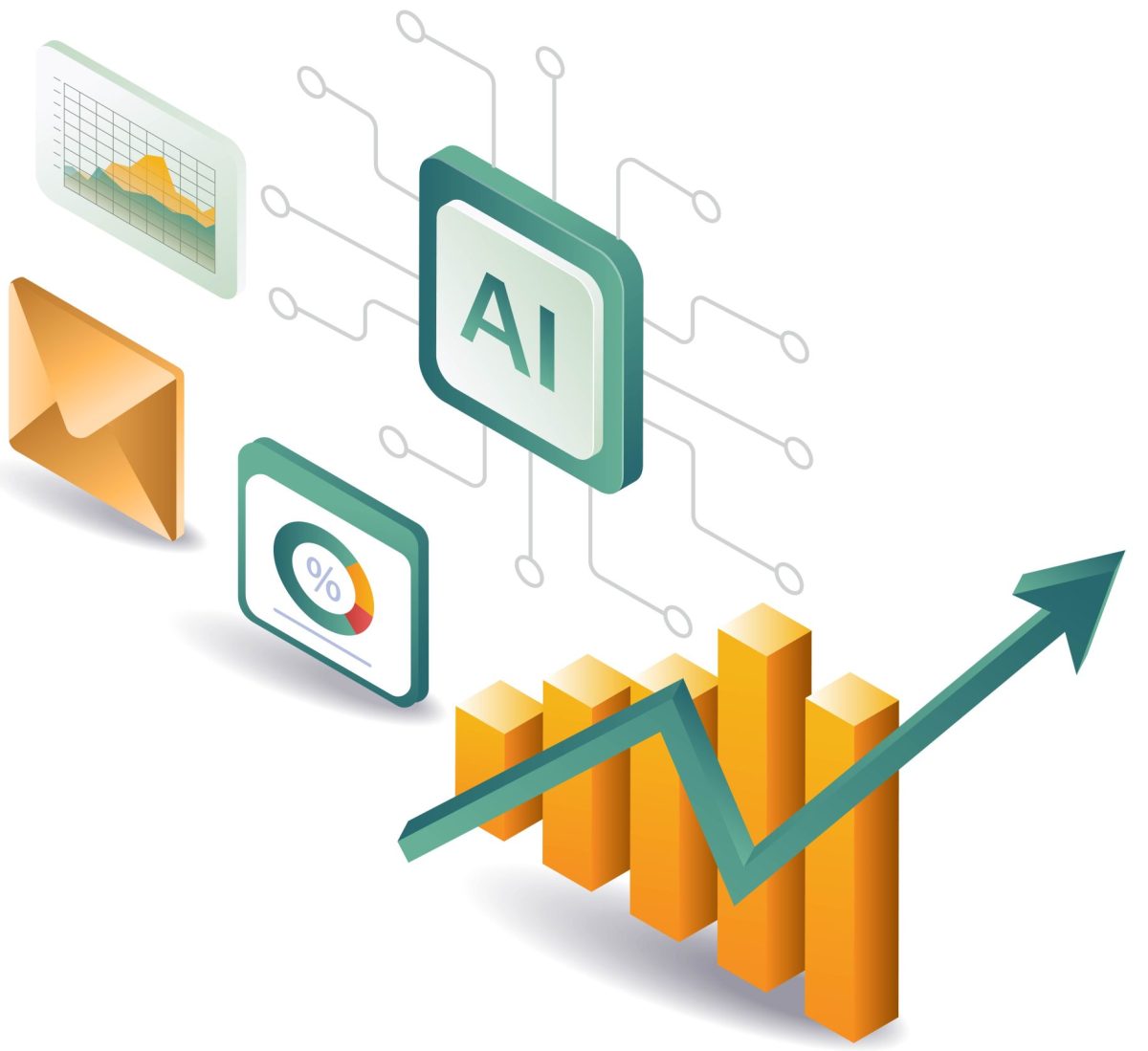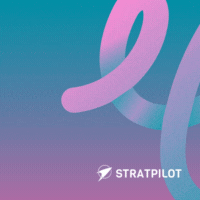In today’s data-driven world, small and medium-sized enterprises (SMEs) must not only collect information but make it visually actionable. The difference between a cluttered spreadsheet and an intuitive dashboard can be enormous in driving decisions. To help with that, AI prompts for data visualisation can assist your team in transforming raw data into compelling visuals and actionable insights.
Why Use AI in Setting Visualisation Goals?
Visualisation is powerful, but without direction, it becomes noise. AI-powered prompts help SMEs align visual dashboards with business outcomes. Instead of manually brainstorming chart types or filters, teams can use AI assistance to define measurable visualisation goals, explore design options, and maintain consistency across reports. This elevates your reporting from static graphs to strategic tools. As your team starts using AI prompts for data visualisation, goal setting becomes more structured and outcomes clearer.
Top 10 AI Prompts for Data Visualisation Strategies
Below are prompt templates your team can adapt, along with example outputs and explanations of why they matter.
1. Select Visualisation Types for KPIs
Prompt Template: “Suggest the best visualisation types (e.g., bar, line, heatmap) for the following KPIs: revenue growth, churn rate, customer acquisition.”
Example Output:
1. Revenue growth: line chart showing month-over-month trend
2. Churn rate: stacked bar chart comparing cohorts
3. Customer acquisition: funnel diagram with conversion stages
Why This Is Useful: Ensures that each metric is presented in a way that reveals its meaning rather than confusing. Your dashboards become more intuitive for decision-makers.
2. Design Dashboard Layout Plan
Prompt Template: “Propose a layout design for a dashboard that shows sales, marketing, and product metrics in one view.”
Example Output: Top row: key summary metrics (total sales, CAC); middle: time-series charts for marketing channels; bottom: product usage heatmap.
Why This Is Useful: A thoughtful layout reduces cognitive load and helps your team spot insights faster. It frames your data in a story.
3. Highlight Anomalies and Outliers
Prompt Template: “Detect anomalies or sudden deviations in [dataset] and suggest visual cues to flag them.”
Example Output: In May, customer returns spiked 50%. Highlight this in red on the line chart and annotate with the likely cause.
Why This Is Useful: Outliers often indicate important events (product issues, fraud, campaigns gone wrong). AI-backed visualisation draws attention automatically.
4. Suggest Data Filters and Segments
Prompt Template: “Propose key filter options (e.g., region, product line) and segments for interactive visuals in this dataset.”
Example Output: Filters: region, customer tier, product category. Segments: high-value vs low-value customers.
Why This Is Useful: Interactive visualisations help stakeholders explore data dynamically. Well-chosen filters improve flexibility without clutter.
5. Generate Color Palettes and Themes
Prompt Template: “Recommend color palette suggestions that are accessible and appropriate for corporate dashboards.”
Example Output: Use a palette with high contrast (blue, orange, grey), avoid red/green combinations, and an accent color for alerts.
Why This Is Useful: Good design enhances readability and prevents visual fatigue. Consistent themes support branding and clarity in your visuals.
6. Create Annotations and Insights
Prompt Template: “Generate context-based annotation text for the sales trend chart, highlighting peaks, dips, or inflexion points.”
Example Output: “July spike due to promotional campaign; September dip tied to inventory shortage.”
Why This Is Useful: Annotations transform visuals from passive displays into storytelling tools, helping your team see not just “what,” but “why.”
7. Build Visualisation Roadmap
Prompt Template: “Lay out a 3-phase plan for improving our data visualisation strategy over 12 months.”
Example Output: Phase 1: basic dashboards; Phase 2: interactivity and segmentation; Phase 3: predictive visuals and advanced UX.
Why This Is Useful: Helps your team pace its efforts and set realistic goals, evolving visual maturity in steps.
8. A/B Test Visualisation Styles
Prompt Template: “Design two rival versions of a dashboard and criteria to test which performs better.”
Example Output: Version A uses line charts, Version B uses area charts. Test: time-to-insight, user satisfaction, error rate.
Why This Is Useful: Empirical testing ensures your visual decisions are backed by user behavior, not guesswork.
9. Forecast Metric Trends Visually
Prompt Template: “Create a forecast chart projecting sales for the next 6 months using historical data.”
Example Output: Chart with trend line and confidence band showing projected revenue growth.
Why This Is Useful: Forecast visuals help your team plan future strategy and set realistic goals tied to data.
10. Combine Multiple Data Sources
Prompt Template: “Suggest ways to visually integrate data from CRM, finance, and support into unified dashboards.”
Example Output: Overlay revenue vs support loads, combine marketing spend with customer acquisition overlay.
Why This Is Useful: Holistic dashboards break down silos and reveal cross-functional correlations that drive strategy.
How Stratpilot Can Support Your Visualisation Goals
When your team is strategising how to communicate insights visually, Stratpilot becomes your AI-driven companion. It provides workspace templates and prompt libraries tailored to a data visualisation strategy. You can use Stratpilot’s AI chat feature to refine your prompts or iterate on visualisation plans collaboratively. Though it does not create the visuals directly, Stratpilot helps your team structure goals, craft clear prompt instructions, and manage progress, all in one centralised workspace.
Ready to Elevate Your Data Stories?
Start using smart prompts to shape powerful visuals that drive decision-making. Request a demo for Stratpilot today and bring clarity, coherence, and strategy to your dashboards.
Frequently Asked Questions (FAQs)
Q1: What are AI prompts for data visualisation?
They are structured instructions to AI systems guiding the creation, enhancement, or planning of visual data representations.
Q2: Do I need design skills to use these prompts?
Not necessarily. The prompts help structure visuals in a user-centric way, so even non-designers can produce effective dashboard ideas.
Q3: How do these prompts support goal setting?
They tie visualisation choices (layout, filters, annotations) to business goals, making charts not just attractive but actionable.
Q4: Can I adapt these prompts to different industries?
Yes. Each prompt template is flexible and can be adjusted based on your data domain or business context.
Q5: How exactly does Stratpilot assist?
Stratpilot provides guided prompt templates and workspace features, enabling your team to plan and refine visual strategies together without the complexity of scattered tools.





